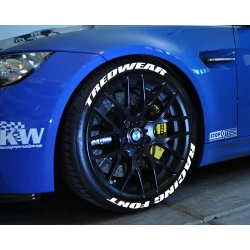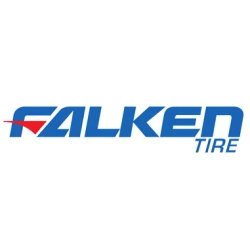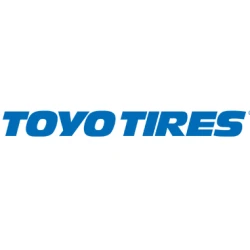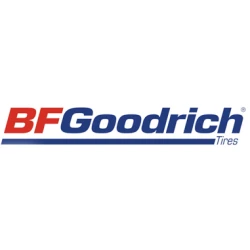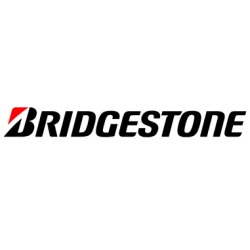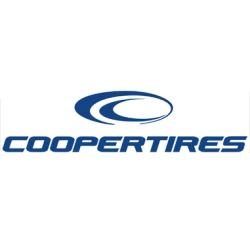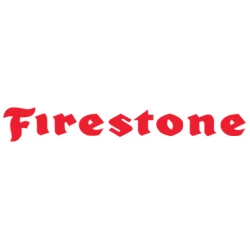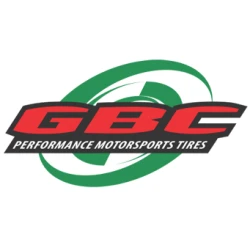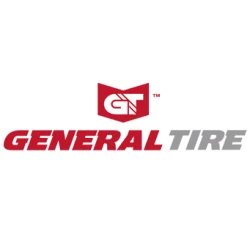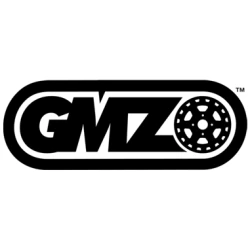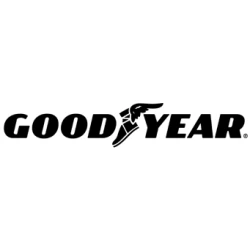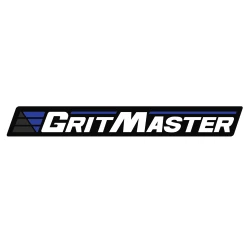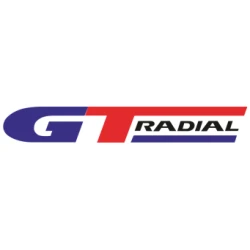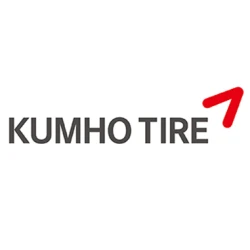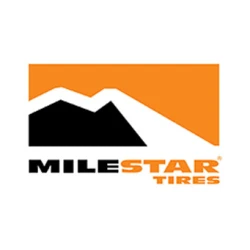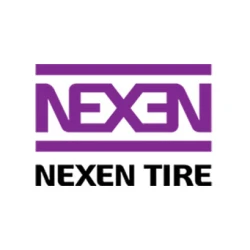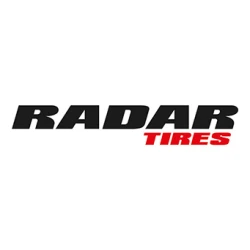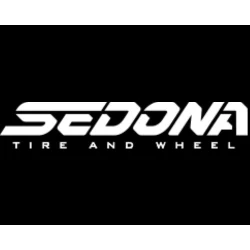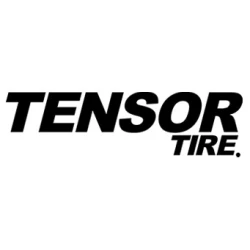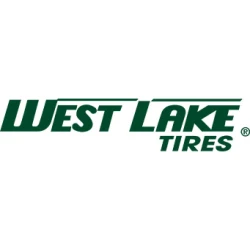

Discover the perfect tires to complement your vehicle's performance and style. Whether you're in search of high-performance tires for spirited driving, all-terrain options for your off-road adventures, or reliable all-season tires for everyday use, we have an extensive selection to meet your needs. Click below to browse our top brands and find the ideal tires that will enhance your ride's grip, comfort, and safety. Need assistance? Call us at 480-966-3040 to consult with a tire specialist who can help you choose the right fit for your vehicle.
Welcome to the Vivid Racing Tire Store! We have over 10,000 different tires available for your car or truck. If your looking for a great R Compound track tire, performance street tire, passenger car tire, or even off-road or SUV tires, we have them. Some of our popular brands include Falken, Nitto, BFGoodrich, Dunlop, Michelin, Pirelli, Yokohama, and Toyo. Our tires are priced competitively to get you the best deal available whether you need a spare or a full set. If your new to tires and curious about the numbers in the product titles, here is a beginners course.
Size (Metric)

Tire Class - "P"
The first character(s) in a tire size designate the tire's class. In this example, "P" indicates that the tire is a passenger car tire. An "LT" before the tire size designates a light truck tire, and no letter before the size indicates that it is a European metric tire.
Section Width - "205"
A metric tire's section width is measured in millimeters. This measurement is taken from sidewall to sidewall. In this example, the section width of the tire is 205mm.
Aspect Ratio - "65"
This number refers to the height of the sidewall. It is a percentage of the section width. In this example, 65 percent of the section width of 205mm equals 133.25.
Tire Construction - "R"
The "R" in this example indicates radial tire construction.
Wheel Diameter - "16"
This indicates the wheel diameter in inches.
Size (High Flotation)

Diameter - "35"
The first number indicates the tire's diameter in inches. In this example, the tire manufacturer has determined that this is a 35" tire. However, actual measured overall diameters vary from one manufacturer to the next.
Tire Width - "1250"
Standard tire width is indicated in inches with the decimal point removed. Therefore, in this example, the number 1250 indicates that this tire is 12.5" wide.
Tire Construction - "R"
The "R" in this example indicates radial tire construction.
Wheel Diameter - "17"
This indicates the wheel diameter in inches.
Plies - "E"
The last letter in a standard tire size indicates the number of layers used in the construction of the tire. If there is no letter, the tire has the standard 4 plies. A "C" indicates 6 plies, a "D" indicates 8 plies, and an "E" indicates 10 plies. The higher the number of plies in a tire, the stronger the tire is and the more air pressure the tire can safely hold. Higher ply tires require more air pressure to maintain proper wear.
Load Index & Speed Rating

Load Index - "92"
The load index indicates the maximum amount of weight a tire can safely carry. Load index ranges from 0 to 279 and corresponds with the load-carrying capacity of a tire. Passenger car tire load indices typically range from 75 to 105. It is very important to maintain the proper load index for your vehicle when replacing your tires. See our load index chart for more information. See the Load Index Table
Speed Rating - "H"
A tire receives its speed rating from the U.S. Government by meeting minimum standards for reaching and sustaining a specified speed. In general, a higher speed rating will result in better vehicle handling. See our speed rating page for more information and a list of the various speed ratings.
U.S. DOT & Safety Standard Markings

DOT
The "DOT" marking indicates that the tire meets or exceeds the U.S. Department of Transportation's safety standard for tires.
Manufacturer Plant Code - "CC"
The first two letters following the DOT marking are codes to identify the manufacturer of the tire and the manufacturing plant.
Tire Size - "9L"
The third and fourth characters following the DOT marking are codes representing the tire size.
Brand Characteristics - "YYY"
The final three or four letters are codes representing other significant characteristics of the tire as determined by the manufacturer.
Manufacture Week - "11"
The first pair of digits identifies the week the tire was manufactured. In this case, the tire was manufactured in the 11th week. The number 01 would indicate the first week of January, whereas the number 52 would indicate the last week of December.
Manufacture Year - "05"
The second pair of digits identifies the year that the tire was manufactured, in this case 2005.
Treadwear, Traction & Temperature

Treadwear - "520"
The treadwear rating is a measurement of the tire's durability, but not the projected tread life. It is important to remember that road surfaces, driving habits, and other factors determine actual tread life. Each tire manufacturer independently determines treadwear through their own tests. Treadwear is not based on any one industry or government standard.
Traction - "A"
The traction rating is a measurement of a tire's ability to stop on a straight, wet surface under controlled conditions. It does not indicate the tire's cornering ability on a wet surface or its traction on ice or snow. Traction grades include AA, A, B, and C, with AA being the highest grade available.
Temperature - "A"
The temperature rating is a measurement of a tire's resistance to heat generation under normal operating conditions at recommended inflation pressures. Temperature grades range from A to C, with A being highest rated and therefore most resistant to heat generation.
Maximum Load Limit & Air Pressure

Maximum Load Limit - "635 kg [1400 lbs]"
This indicates the tire's maximum load-carrying capabilities when the tire is inflated to its maximum inflation pressure, as indicated on the sidewall. Max load is based on standards set by the National Highway Traffic Safety Administration (NHTSA)
Maximum Air Pressure - "300 kPa [44 psi]"
This indicates the maximum operating inflation pressure of the tire. It does not indicate the manufacturer's recommended inflation pressure, nor does it indicate the proper air pressure based on the vehicle the tire is mounted on. This category is also based on NHTSA standards.
Note - Some tires are marked 'Extra Load', 'XL', or 'RF' (for reinforced). This simply denotes that the tire's indicated maximum load and air pressure are higher than a standard load tire.
Ply Construction

This indicates what materials are used in the tire's plies, and the quantity of each type included.
Rotation Direction

Some tires indicate the direction of rotation on the sidewall, while others indicate a specific side of the tire that is intended to face outward from the vehicle. Another type of tire combines both indications. It is important that these tires be mounted according to the indicated instructions.
Directional Tires
Directional tires feature arrows on the sidewall that indicate what direction the tire should rotate when the vehicle is moving forward.
Asymmetrical Tires
Asymmetrical tires have the word "outside" labeled on the side of the tire that should face outward from the vehicle.
Directional & Asymmetrical Tires
Tires that are both directional and asymmetrical will indicate what direction the tire must rotate, as well as what side must face outward from the vehicle.
